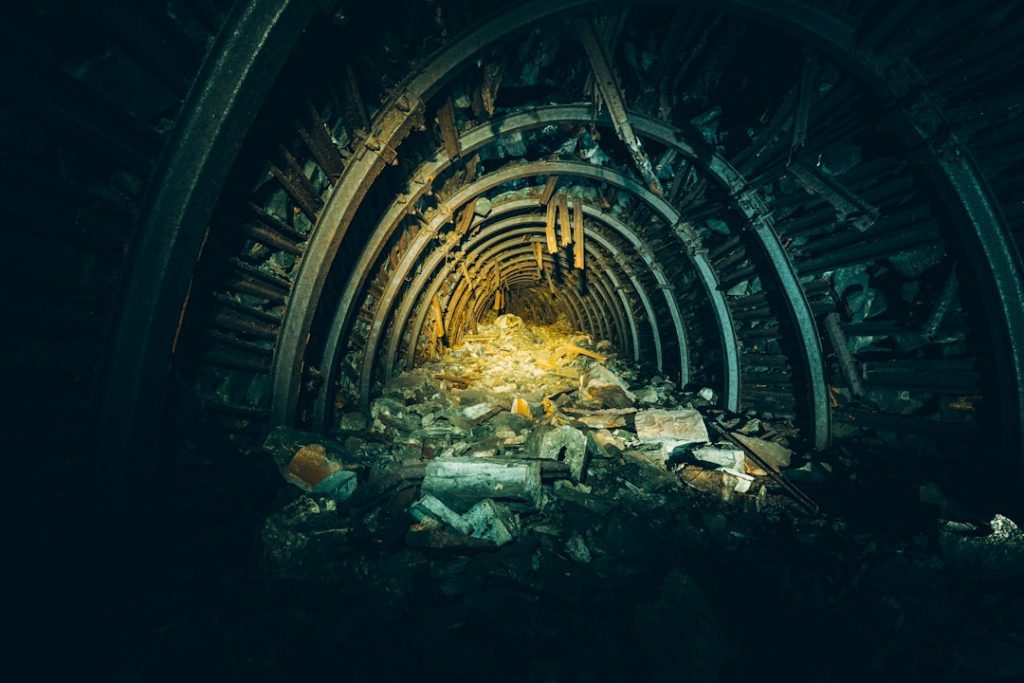Briquettes have a rich history dating back to ancient civilizations. The concept of compressing materials for fuel originated with the Egyptians, who combined mud and straw to create primitive fuel briquettes for cooking and heating purposes. This early technique laid the groundwork for modern briquette production methods.
During the 19th century, Japan developed a type of briquette called “Ogalite,” composed of coal dust and clay. This innovation provided a more efficient and cleaner-burning fuel source, which was particularly beneficial in densely populated areas. The idea of utilizing waste materials to create sustainable and efficient fuel sources continued to evolve, ultimately leading to the development of contemporary briquettes.
The progression of briquette technology demonstrates humanity’s ongoing efforts to improve fuel efficiency and sustainability. From ancient Egyptian mud-straw mixtures to modern wood and biomass briquettes, this fuel source has adapted to meet changing energy needs while addressing environmental concerns.
Key Takeaways
- Briquettes have been used for centuries, with evidence of their use dating back to ancient Egypt and China.
- Early methods of briquette production involved using natural materials such as wood, straw, and animal dung, compacted into a solid fuel source.
- The industrial revolution led to the rise of briquette manufacturing, with the invention of machines to mass-produce briquettes from coal dust and other materials.
- World War II had a significant impact on briquette production, as shortages of traditional fuel sources led to an increased demand for briquettes as an alternative.
- Modern innovations in briquette technology have led to the development of more efficient and environmentally friendly production methods, as well as a wider range of materials used for briquette production.
Early Methods of Briquette Production
Traditional Methods
The traditional method of briquette production was a time-consuming and laborious process. The mixture of coal dust and clay was pressed into molds by hand, resulting in a slow and inefficient production rate.
Advancements in Technology
In the early 20th century, new technologies and machinery were developed to streamline the production process. The invention of the screw press allowed for a more automated and efficient method of creating briquettes, which significantly increased production capacity.
Industrialization of Briquette Manufacturing
This advancement in technology paved the way for the industrialization of briquette manufacturing, making it a more viable and cost-effective fuel source for a wide range of applications.
The Industrial Revolution and the Rise of Briquette Manufacturing

The industrial revolution had a profound impact on the production and use of briquettes. As demand for fuel sources increased with the growth of industry and urbanization, there was a need for a more efficient and sustainable fuel source. Briquettes provided a solution to this demand, as they could be made from a variety of waste materials such as coal dust, sawdust, and agricultural residues.
During this time, large-scale briquette manufacturing plants began to emerge, utilizing steam-powered machinery to produce briquettes on a mass scale. This allowed for the widespread distribution of briquettes as a viable alternative to traditional fuels such as wood and coal. The industrial revolution not only transformed the way briquettes were produced but also revolutionized the way people thought about fuel sources and sustainability.
The Impact of World War II on Briquette Production
| Year | Briquette Production (tons) | Impact |
|---|---|---|
| 1939 | 10,000 | Start of World War II, production affected |
| 1940 | 8,000 | Decrease in production due to war efforts |
| 1941 | 6,000 | Further decrease in production |
| 1942 | 4,000 | Production severely impacted by war |
| 1943 | 3,000 | Lowest production during the war |
| 1944 | 3,500 | Production starts to recover |
| 1945 | 5,000 | War ends, production increases |
World War II had a significant impact on briquette production, as traditional fuel sources such as wood and coal became scarce due to rationing and supply chain disruptions. This led to an increased demand for alternative fuel sources, including briquettes, which could be produced from a variety of waste materials. Briquettes became an essential fuel source during this time, providing a reliable and sustainable alternative to traditional fuels.
The war also spurred innovation in briquette technology, leading to the development of new methods and materials for creating briquettes. As a result, the use of briquettes became more widespread and accepted as a viable fuel source, not only during the war but also in the post-war era. The impact of World War II on briquette production helped solidify its place as an important and sustainable fuel source for the future.
Modern Innovations in Briquette Technology
In recent years, there have been significant advancements in briquette technology that have further improved the efficiency and sustainability of this fuel source. New methods of creating briquettes, such as hydraulic pressing and extrusion, have allowed for greater control over the density and composition of the briquettes, resulting in a more consistent and higher quality product. Furthermore, modern innovations in materials science have led to the development of new types of briquettes made from renewable and sustainable sources such as biomass and bio-waste.
These bio-based briquettes offer a carbon-neutral alternative to traditional fossil fuels, making them an attractive option for environmentally conscious consumers and industries.
Environmental Concerns and the Future of Briquette Usage

Environmental Concerns Associated with Briquette Production and Use
While briquettes offer many benefits as a sustainable fuel source, there are also environmental concerns associated with their production and use. The deforestation and depletion of natural resources for biomass-based briquettes, as well as the emissions produced during their combustion, are important considerations in evaluating their overall environmental impact.
Addressing Environmental Concerns through Research and Development
However, ongoing research and development in the field of briquette technology are focused on addressing these concerns by improving the efficiency of production processes and developing cleaner-burning briquette formulations.
Reducing Environmental Footprint with Carbon Capture and Storage Technologies
Additionally, the integration of carbon capture and storage (CCS) technologies with briquette combustion has the potential to further reduce their environmental footprint.
The Growing Popularity of Briquettes in Sustainable Living
In recent years, there has been a growing trend towards sustainable living practices, including the use of eco-friendly fuel sources such as briquettes. As consumers become more aware of the environmental impact of traditional fuels, there has been an increased demand for cleaner-burning alternatives like biomass-based briquettes. Furthermore, government incentives and regulations aimed at reducing carbon emissions have further incentivized the use of briquettes as a sustainable fuel source.
This has led to an expansion in the market for briquettes, with a wide range of industries and consumers adopting them as a cost-effective and environmentally friendly alternative to traditional fuels. In conclusion, the history of briquettes is one of innovation and adaptation to meet the changing needs of society. From its humble origins in ancient Egypt to its modern-day applications in sustainable living, briquettes have played a crucial role in providing a reliable and sustainable fuel source for countless generations.
As technology continues to advance and environmental concerns become increasingly important, the future of briquette usage looks promising, with ongoing efforts focused on improving their efficiency and reducing their environmental impact.
FAQs
What are briquettes?
Briquettes are compressed blocks of coal dust or other combustible biomass material, such as charcoal, sawdust, wood chips, peat, or paper, used for fuel and kindling to start a fire.
When were briquettes first used?
Briquettes have been used as a fuel source for centuries, with evidence of their use dating back to ancient Egypt.
Who invented the modern briquette?
The modern briquette was invented by Ellsworth B. A. Zwoyer in 1897. He patented a design for a charcoal briquette made from sawdust and coal dust.
How are briquettes made?
Briquettes are typically made by compressing biomass or coal dust into a block using a high-pressure briquetting machine. The process may also involve adding binders or other additives to help the briquette hold its shape.
What are the benefits of using briquettes?
Briquettes are a more efficient and environmentally friendly fuel source compared to traditional firewood. They produce less smoke and ash, and are easier to handle and store.
How have briquettes been used throughout history?
Throughout history, briquettes have been used for heating, cooking, and industrial purposes. They have been a popular fuel source in many parts of the world, particularly in areas where firewood is scarce.



